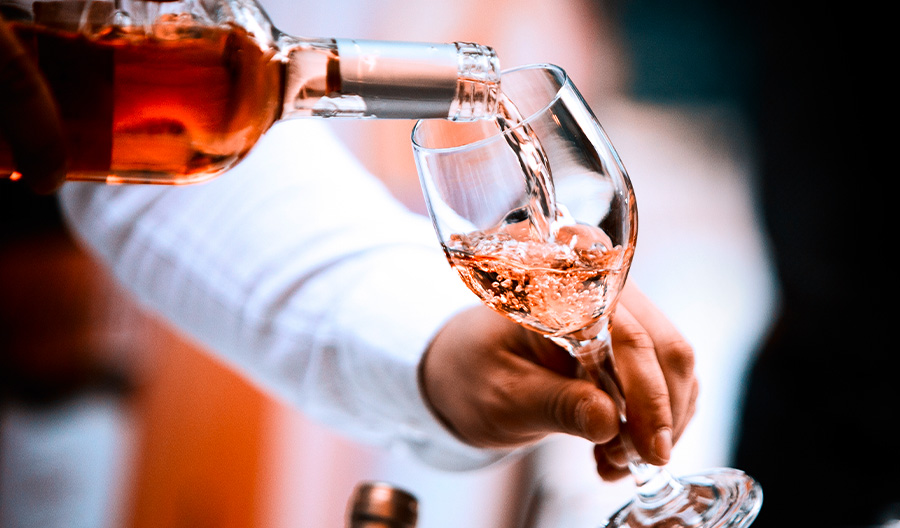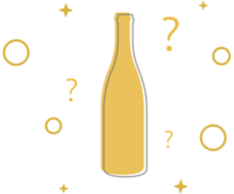In much of the world, rosé has been popular for spring and summer consumption. However, thanks to the French, who drink it all year long, year-round consumption has caught hold in America. Many restaurants and stores now feature extensive rosé lists throughout the year.
These wines are easier to market than ever before thanks to the availability of a broad range of styles. Rosés can be made from Pinot Noir, which can be pale pink in color; to a Spanish Garnacha, which is likely to be a more intense pink shade. The different flavors and alcohol levels of these wines also make them ideal for different occasions and food pairings.
Eric Hemer, Senior Vice President and Director of Wine Education at Southern Glazer’s Wine & Spirits, shares that Spain makes really good rosés. “What we know as Grenache in France and elsewhere is called Garnacha in Spain, which is where the grape originated. One of the best regions for Garnacha-based Rosado is Navarra, the region that neighbors Rioja. The style here is similar to what you would find in southern France; dry, medium-to-full-bodied, with notes of fresh red berries, minerality, and crisp acidity.”
Choosing the Right Rosé
Whether you are running a store or a bar, you will want to create an occasion for your clients to buy rosé. These are versatile wines that can be great aperitifs and happy hour wines regardless of the temperature outside.
Many of these wines can easily segue into a meal and pair well with many foods. Hemer suggests pairing them with, “tapas, appetizers of all types, rice dishes like paella, smoked salmon and creamy pasta dishes, such as primavera.”

Vacation or Staycation
Rosés are grown in so many beautiful parts of the world—including domestically in growing numbers—that selling a rosé can be like offering your clients a little vacation in a bottle. It might remind them of a week in Provence, a few days spent exploring Bordeaux or a little weekend in Sonoma.
Selling these wines is a way for your clients to recreate some of these good times and celebrate on a night in or out. You might merchandise them by varietal, country, or color. Or you could place them in lists and shelves next to wines made from similar varietals: there are roses made from Nebbiolo in Piedmonte, as well as Rhône varietals in Paso Robles.
And There are Bubbles
Many of these wines are also made in sparkling versions—most notably in France and California—that add to the fun of the category. The classic ones are generally made with a good amount of Pinot Noir. In the Champagne region all the Blanc de Noirs—rosé Champagnes—are made with 100 percent Pinot Noir. In California and Oregon, that expands to Syrah and Grenache. Rosé wines are made all over the world and are generally consumed young. So, open your customers up to the wide world of Rosé.

